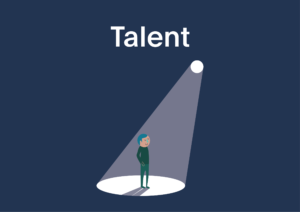5 Strategies for Building a Positive and Inclusive Work Culture
Creating a positive and inclusive work culture is essential for the success and well-being of any organization. A workplace where employees feel valued, respected, and included fosters higher engagement, productivity, and employee retention. Building such a culture requires a deliberate and ongoing effort from leaders and employees alike. In this blog post, we will discuss five effective strategies to cultivate a positive and inclusive work culture.
- Foster Open Communication: Open communication is the cornerstone of a healthy work culture. Encourage employees to express their ideas, concerns, and feedback openly without fear of judgment or reprisal. Establish channels for two-way communication, such as regular team meetings, suggestion boxes, or anonymous feedback platforms. Actively listen to your employees and address their concerns promptly. When employees feel heard and respected, they are more likely to contribute their best ideas and efforts.
- Embrace Diversity and Inclusion: Diversity and inclusion are not just buzzwords; they are vital components of a thriving work culture. Embrace diversity in all its forms, including gender, race, ethnicity, age, background, and perspectives. Create a welcoming environment where everyone feels valued and included. Implement diversity and inclusion training programs to raise awareness, challenge biases, and promote empathy. Celebrate different cultures and traditions to foster a sense of belonging among employees.
- Lead by Example: Leaders play a pivotal role in shaping the work culture. Lead by example and demonstrate the values and behaviors you expect from others. Show respect, empathy, and integrity in your interactions with employees. Encourage collaboration and teamwork rather than fostering a competitive atmosphere. Recognize and reward employees for their achievements and contributions. When leaders embody the desired culture, it sets a powerful precedent for others to follow.
- Encourage Work-Life Balance: A positive work culture recognizes the importance of work-life balance. Encourage employees to maintain a healthy equilibrium between their professional and personal lives. Provide flexible work arrangements when feasible, such as remote work options or flexible schedules. Encourage employees to take breaks, vacations, and mental health days to recharge. When employees feel supported in their personal lives, they bring their best selves to work.
- Invest in Professional Development: Nurture a learning environment where employees can grow and develop their skills. Offer training programs, workshops, and opportunities for professional development. Provide mentorship and coaching programs to help employees reach their full potential. Recognize and promote internal talent to encourage career advancement within the organization. When employees see a path for growth and development, they are more likely to feel engaged and committed to their work.
Conclusion: Building a positive and inclusive work culture requires intentional effort and a commitment from both leaders and employees. By fostering open communication, embracing diversity and inclusion, leading by example, encouraging work-life balance, and investing in professional development, organizations can create an environment where employees feel valued, respected, and motivated. Remember, a positive work culture not only benefits the employees but also contributes to the long-term success and sustainability of the organization.




































